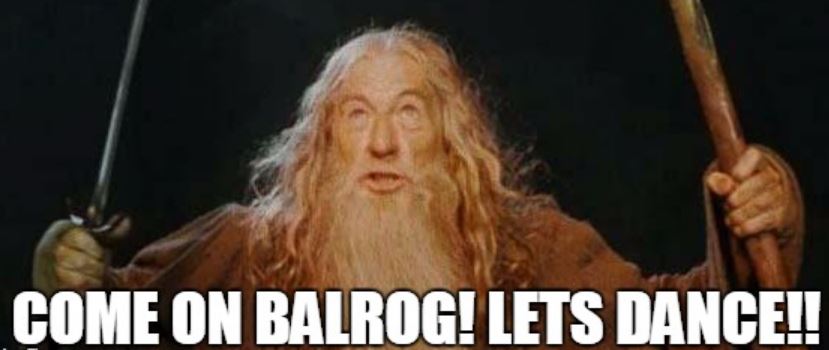
Here in the US we’re now seeing a commercial for Playstation’s virtual reality system, featuring a gamer/game character who quickly realizes that she’s got some new abilities.
Take a look.
I find the commercial pretty interesting, especially when the Rodgers and Hammerstein song comes in; some might recall it as the recording from the 1951 movie musical “The King and I.”
Have you seen it?
What’s interesting is not just that the VR game character stands in for the user just as Marnie Nixon‘s voice once stood in for Deborah Kerr in the film (as Nixon had also done for, among others, Natalie Wood in 1961’s “Westside Story” and, three years later, for Audrey Hepburn in “My Fair Lady”) but the juxtaposition of the song, and all that comes with it from its earlier context, with the game character’s situation. For once quaint “shall we dance” is now the colloquial invitation to fight.

But despite the commercial’s engaging and clearly more contemporary spin, I think I find the earlier use of the song a little more — dare I say — radical. Sure, some might see the commercial as empowering, given the clearly non-stereotypical action mode that the female player adopts in the game. But, in trying to market a product to that half of the population not traditionally associated with game culture (it is a commercial, after all, aimed at women), it merely puts a new face on the same old gaming violence. It’s just that a girl rather than a boy is doing it — and I’m not so sure that’s what feminism aimed to accomplish, at least in some of its varieties.
Which brings me back to the musical’s use of the song; based on a 1944 novel that drew upon Anna Leonowens‘s experiences, during the 1860s, as the royal governess in what was then Siam (today: Thailand), this moment is one of many where the character of the governess — and yes, let’s ask questions about why a Europeans were even there, and the role Siam played in the very late 19th century as the border state between French and Britain imperial ambitions in the region — works to break down and modify the authority of the King, in this case resulting in the sort of ritual collaboration that we call dancing.
Sure the song is from another era — the passive “girl” awaits the invitation of the “man,” as Anna sets up the song:
Oh but it’s very exciting, when you’re young at your first dance. And you’re sitting on a small quilt chair with your eyes lowered. Terrified that you’d be a wallflower. And suddenly you see two black shoes, a white waistcoat, a face, it speaks…
So I’m not suggesting that the movie’s plot is somehow progressive but that, in terms of gender roles, it is a lot less traditional than one might expect, at least on just giving it a glance, while the commercial is a lot more conservative than might be apparent at the start. For while the former contests styles of personal authority (admittedly, against the backdrop of colonialism’s institutional power, to be sure, which allowed Anna to be there in the first place) the latter strikes me as simply inverting traditional gender roles, in the service of the profit motive, by conserving the linkage between acts of violence and accomplishing ones goals — which doesn’t strike me as much of a departure from anything.
